The India Meteorological Department (IMD) and two private weather forecasting firms all expect a bountiful rainfall in India during the June-September monsoon season in 2016. Coming out with its monsoon forecast a fortnight earlier than usual, IMD said the rainfall was likely to be 106% of the ‘Long Period Average’ (LPA) — the average rainfall between 1951 and 2001. The LPA is 89 cm of rainfall during the monsoon, a season that accounts for over 80% of annual rainfall in South Asia.
As the country reels under an unusually harsh early summer, reservoirs dry out affecting irrigation and hydropower, and four-hour queues at taps and wells become a distressingly common sight, especially in Maharashtra, the forecast has already buoyed stock markets.
See: Deaths multiply in parched Marathwada
See: Water mismanagement deepens crisis in Marathwada town
South Asia has gone through two drought years in 2014 and 2015, when monsoon rainfall deficiency was over 15%. Nine of the first 15 years in this century have been drought years in this region, bearing out the finding of scientists that climate change is making rainfall pattern more erratic. Scientists have forecast fewer rainy days in the year, but more intense rainfall in those days. In the last two years, this has been worsened by a strong El Niño.
B.P. Yadav, Deputy Director General of IMD, said El Niño — under whose influence the Pacific Ocean warms up and affects the South Asian monsoon adversely — reached its peak last December. The latest forecast is that the weather phenomenon will continue to weaken during the first half of this monsoon season and then peter out. In the last 65 years, 71% of the monsoons at the end of an El Niño have seen above average rainfall, Yadav pointed out.
IMD usually provides region-wise rainfall prediction when it updates its forecast every June. While the update will be made this year as well, Yadav has already said he expects rainfall to be more or less evenly distributed all over the country, though the north-east and parts of Tamil Nadu may see less rainfall than usual.
Heat wave now
With about 50% Indians engaged in farming, and over 70% of farmers’ dependent on rain-fed agriculture, the monsoon forecast has huge economic and political impact. But till the rain clouds arrive in June, people are likely to experience a truly Indian summer, the weather office has said.
According to IMD, 2015 was the third warmest year ever recorded in the country since 1901. The average temperature in January 2016 was 1.53 C above the 1961-90 long-term average, while in February it was 2 C above.
During the really hot season from April to June, the weatherman expects temperatures to be above normal by more than a degree Celsius, which means more heat waves. The situation is likely to be especially bad over the north-west of the country. The IMD has decided to start providing summer temperature forecasts — and heat wave warnings if necessary — every five days this year. It will be available on the IMD website.
Over 2,500 people were killed in heat waves during the 2015 summer, and this year over 200 people have already lost their lives, mostly in Telangana.
Dry reservoirs
Due to deficient rainfall for two successive years, most reservoirs in India are filled well below capacity; some are totally dry.
See: Low water reserves spell trouble for India
India Water Week
In the dry summer, the Ministry of Water Resources, River Development and Ganga Rejuvenation held India Water Week in New Delhi from April 4 to 8. It was billed as “a strong effort by the Government of India towards conservation, preservation and optimum utilization of available water resources”. Israel, with its expertise in water conservation, was the partner country this year.
Much of the talk during the week was about wastewater treatment, water quality improvement, desalination plants, drip irrigation and water harvesting to recharge aquifers.
The lack of focus on rivers and wetlands drew criticism from water activists. “The event as usual focuses on water as a commodity and not on the implications or significance of the ecosystem where most of the available water occurs,” said Himanshu Thakkar of the South Asia Network of Dams, Rivers and People.
Thakkar was also highly critical of the government’s pet project to interlink all major rivers of India, a project that received enthusiastic backing from bureaucrats speaking at various forums during the India Water Week.
![<p>Monsoon clouds [image by NASA, International Space Station, 06/03/02]</p>](https://dialogue.earth/content/uploads/2016/04/Monsoon-clouds-NASA.jpg)

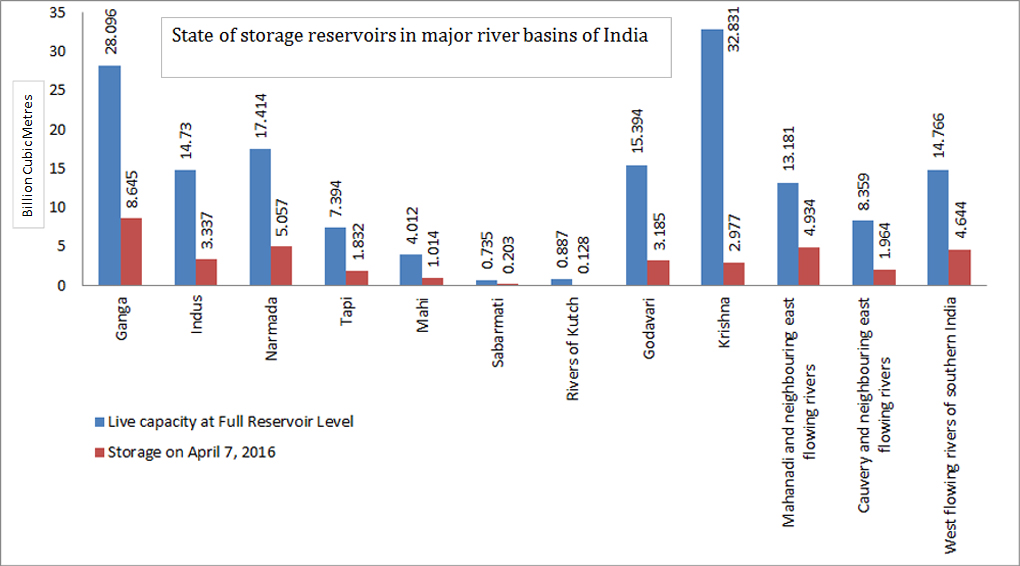

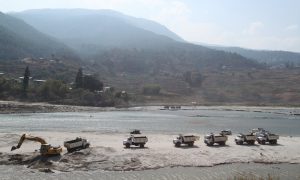
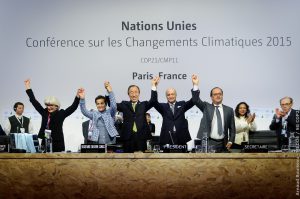
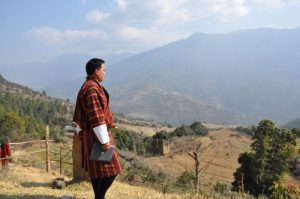
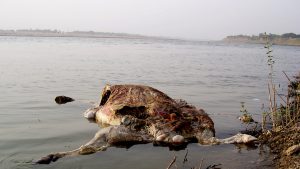

![Snow leopard in Sikkim captured at night through a camera trap in northern Sikkim [image by WWF-India]](https://dialogue.earth/content/uploads/2016/04/Snow_Leopard_Sikkim-e1598003045152-300x58.jpg)